Harald Bode: The Genius Engineer Who Inspired Bob Moog and Tom Oberheim
The inventor of the world's first modular synthesizer gets his due.
Harald Bode had a massive influence on early synthesizers and effects. Find out who he was, how he inspired Bob Moog, and how you can get his sounds in your productions.
Harald Bode
We tend to think of synthesizers as starting with Bob Moog in the mid-1960s. And while Moog’s creations were no doubt monumentally important, he himself was often inspired by an older engineer, Harald Bode. Harald was a pioneer, developing many proto-synthesizers, effects circuits and even a voltage-controlled modular synth before Moog.
This is not an attempt to tell Harald Bode’s whole story. That would require books, not just 1000 words. But hopefully when you’re done reading this, you’ll have an idea of who he was, some of the things he designed, and how his ideas informed the electronic instruments that we still use today.
Much of this information about Harald Bode came from the ZKM Center for Art and Media Karlsruhe website.
Audio System Synthesizer
Harald Bode was born in Hamburg, Germany, at the beginning of the 20th century. In 1935, he began developing electronic musical instruments, and the first of these was the Warbo Formant Organ in 1937, a proto-polyphonic synthesizer with four voices and a dynamic envelope controller. Among his many other accomplishments was the Hohner Multimonica (demonstrated by Hainbach in this video) and a variation on the Clavioline.
Bode moved to America in 1954 to work for the Estey Organ Company but when it went out of business, the engineer turned his attention to what was to be a groundbreaking device: the Audio System Synthesizer. His goal was to create a single instrument that could achieve many different kinds of sounds, including for film soundtracks. Accordingly, it had lowpass, highpass and formant filters, a ring modulator, a voltage and audio-triggered percussion unit, and other modules, as well as a tape loop. It’s very likely the world’s first voltage-controlled modular synthesizer.
On October 11, 1960, Bode presented his Audio System Synthesizer at the Audio Engineering Society (AES) convention in New York. One Robert Moog was in attendance, and likely paying very close attention.
Bode Ring Modulator
One of the devices in Harald Bode’s Audio System Synthesizer was a ring modulator. He first learned about ring modulator effects when designing the Melochord for the electronic music studio at Bonn University in the late ‘40s. Originally used to control rockets during the war, it was discovered that the same circuit could be used to affect audio.

In 1961, Bode wrote an article for Electronics Magazine outlining how to design a ring modulator. Tom Oberheim reportedly used the information in the article to design his own ring modulator, one that would eventually be licensed by Maestro and marketed as the RM-1A.
Moog also benefitted from the Bode Ring Modulator when it licensed two versions of it in 1966. Synth-Werk, which makes modern recreations of classic Moog modules in the original 5U format, offers a remake of the 1967 Bode Ring Modulator with a Threshold knob, Squelch switch and hacks for carrier input, program input and signal output.
Bode Frequency Shifter
The device that Bode is perhaps best known for today is his Frequency Shifter. Originally designed as a standalone device and later incorporated into the Moog Modular, it creates all manner of unusual frequency-shifting effects beyond just simple transposition. It will shift in either direction over a span of +/- 5kHz and can be scaled between linear and exponential.

Synth-Werk makes a version of it called the SW 1630 Bode Frequency Shifter, while Eurorack users will want to look into the Behringer Bode Frequency Shifter 1630.
According to ZKM Karlsruhe, it was Harald’s own favorite tool for experimenting with sound in his own music, and also much loved by Hans Zimmer.
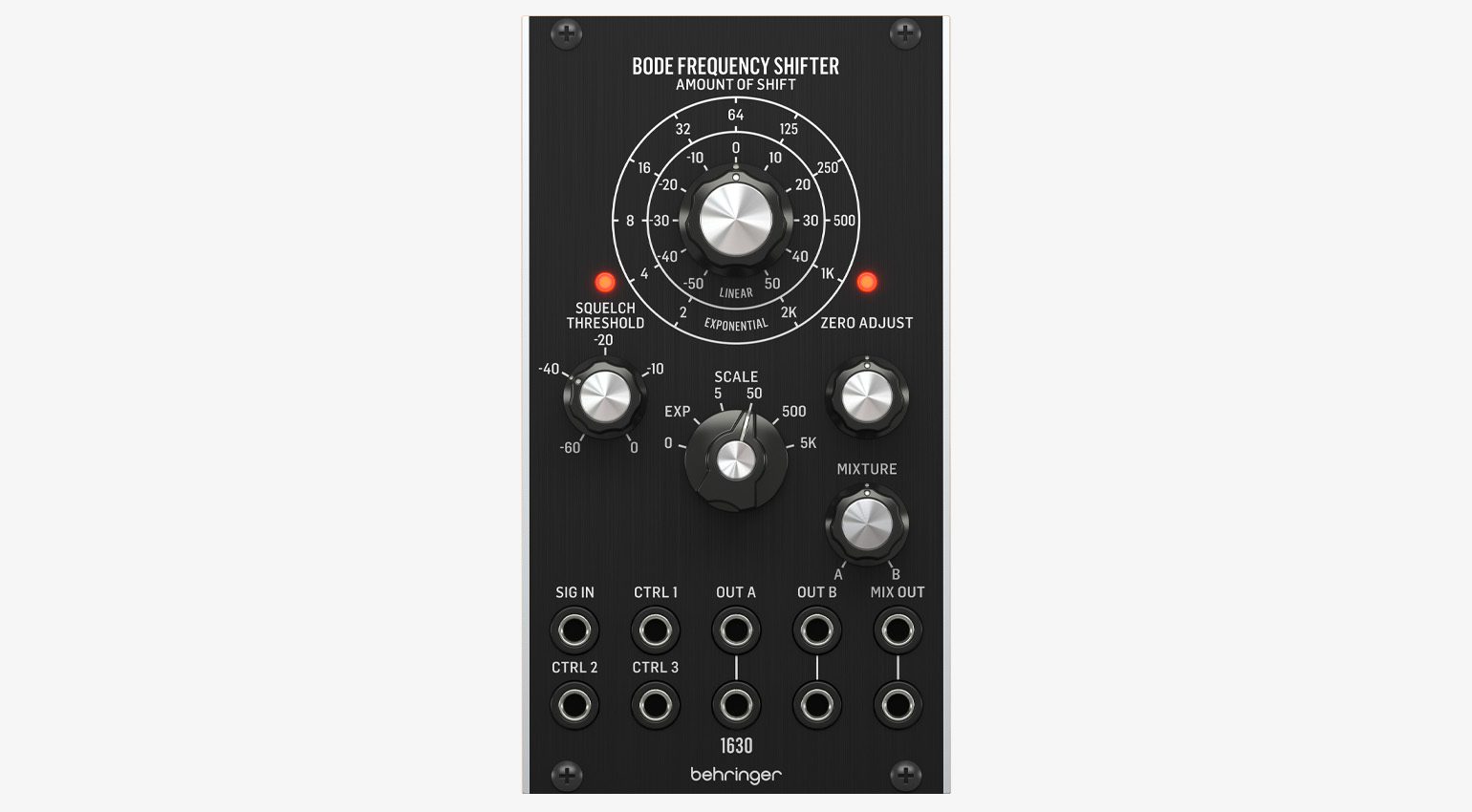
Bode Vocoder
In 1972, Harald started the Bode Sound Company, an outfit for releasing his own designs. One of the devices that occupied his attention in the mid-1970s was the Bode Vocoder. The 16-band unit was available simultaneously through his own company as well as through Moog, who licensed it in 1978 and sold it as the Moog Vocoder. Moog re-released it as well in 2020 (as the 16 Channel Vocoder) but it’s no longer in production.
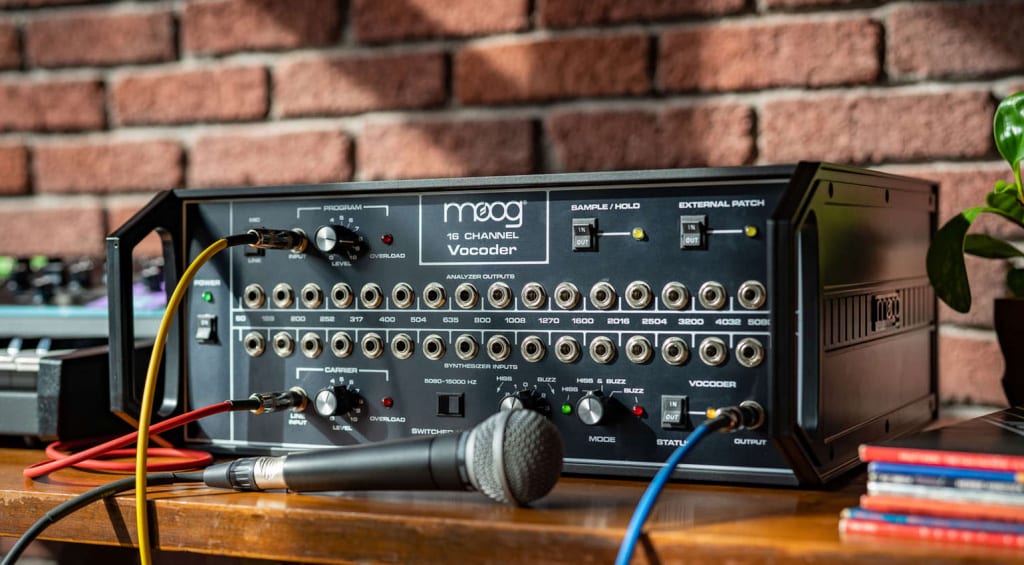
The Bode/Moog Vocoder was used by disco group Lipps Inc. on “Funkytown” as well as by Suzanne Ciani, who demoed it on the David Letterman Show.
Barberpole Phaser
Harald Bode’s last major release was his Barberpole Phaser. A unique design, it combined phasing with additional principles based on the Shepard scale. The result is a nine-stage phaser that seems to endlessly rise or fall. He called it Barberpole Phaser, according to ZKM Karlsruhe, due to the sound acting like a rotating barber pole in front of a barber shop.
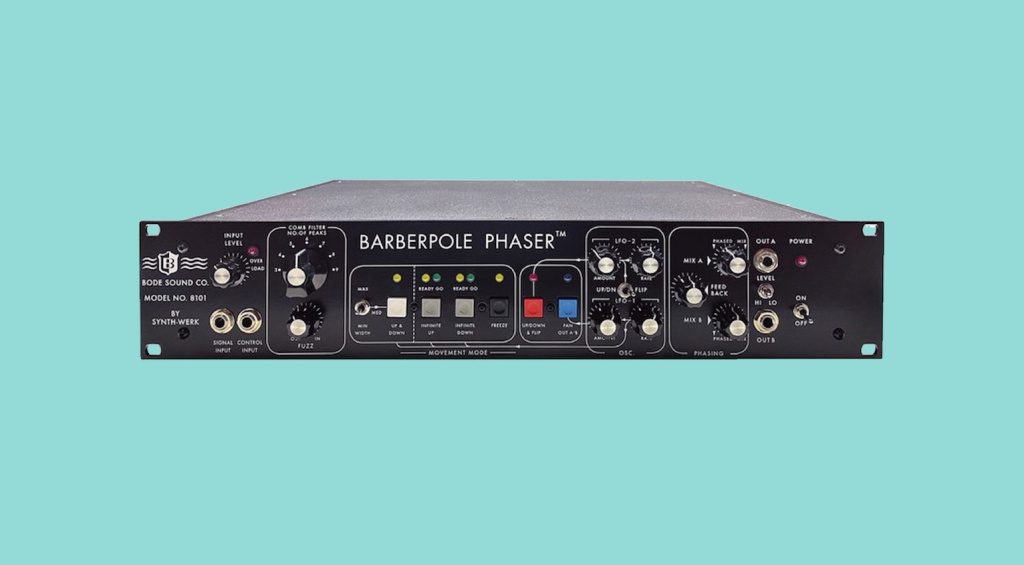
Although less than a handful of Barberpole Phasers were ever made, you can get a recreation from Synth-Werk in either rackmount or 5U module formats.
Whirl from plugin developer Sinevibes is also based on Bode’s design.
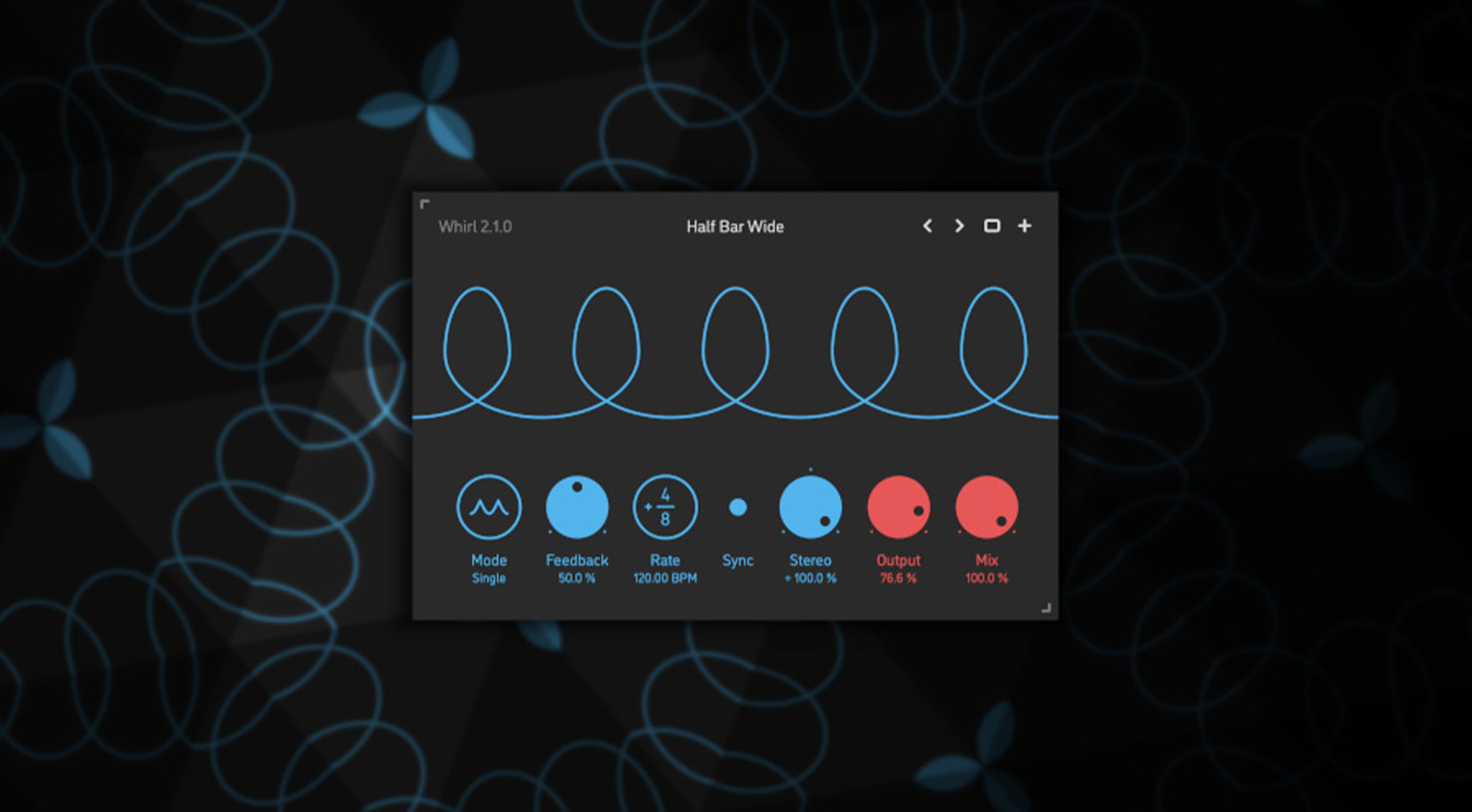
More Information
*Note: This article contains advertising links that help us pay for this site. Don’t worry: the price for you will always be the same! If you buy something through these links, we will receive a small commission. Thank you for your support!
3 responses to “Harald Bode: The Genius Engineer Who Inspired Bob Moog and Tom Oberheim”



 4,6 / 5,0 |
4,6 / 5,0 | 



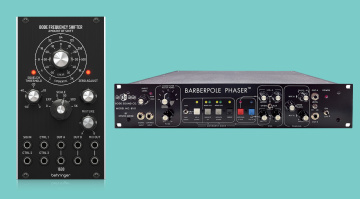

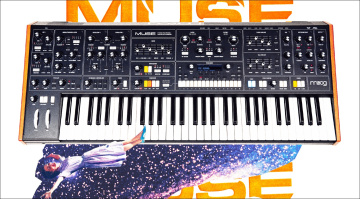
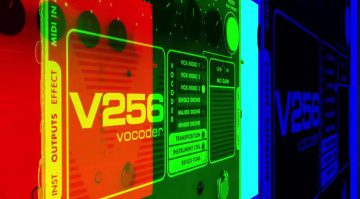
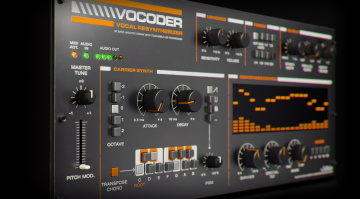
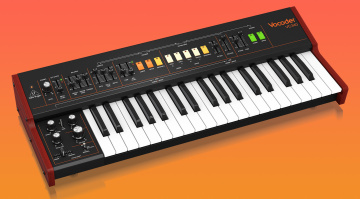

BodeShifter from Dreamwave is worth checking out too.
Interesting
We used Bode ringmod on Strawberry fields!